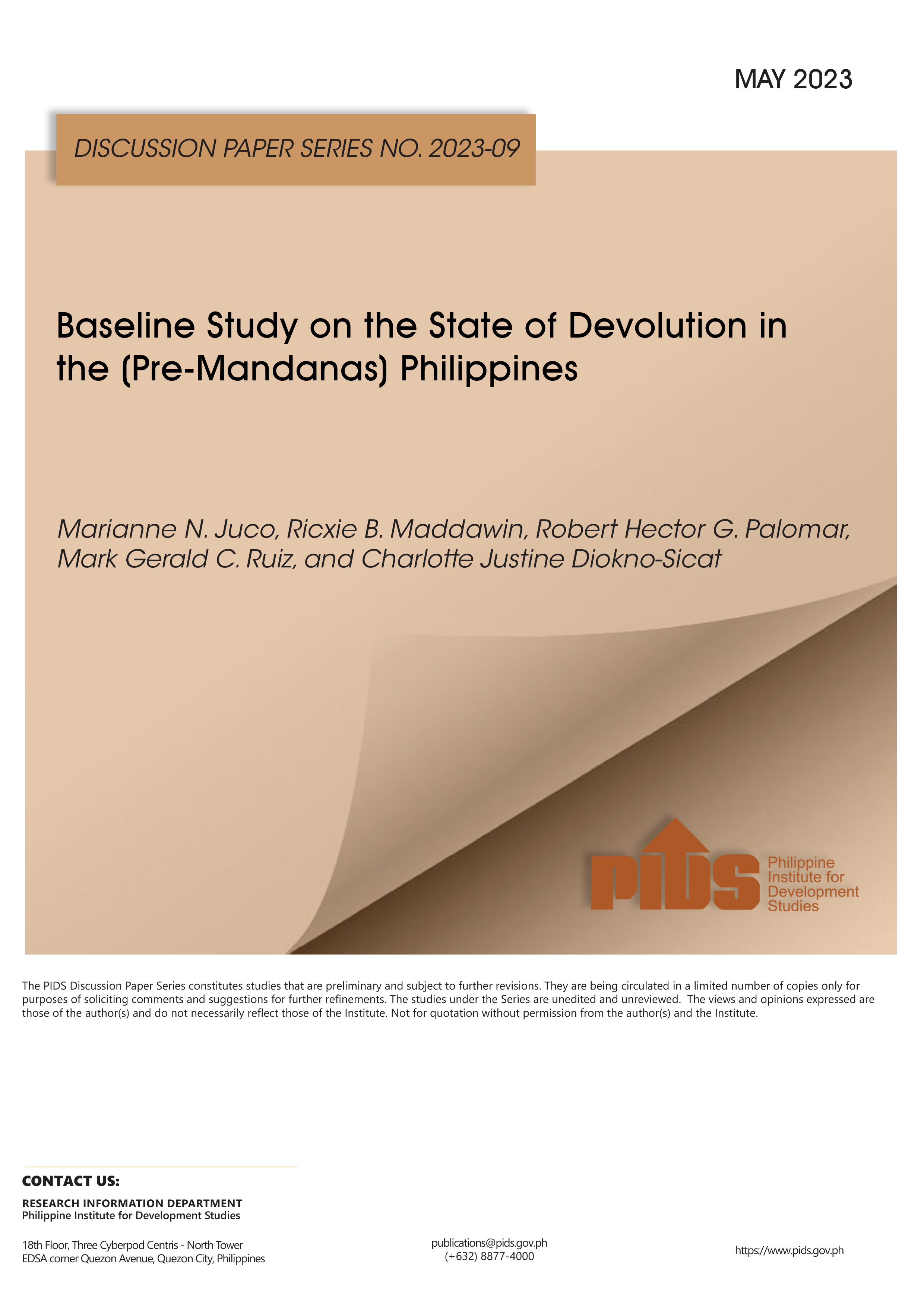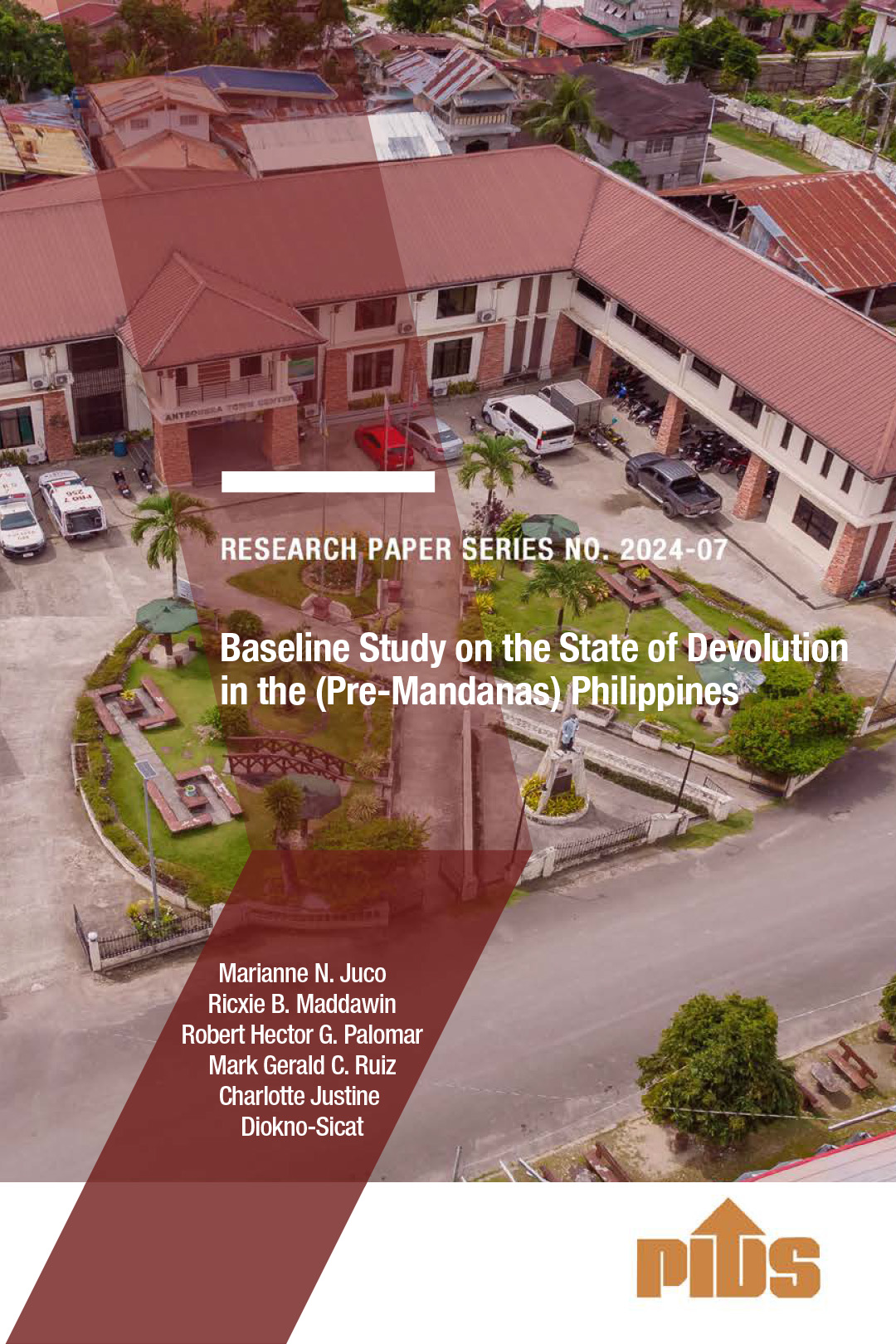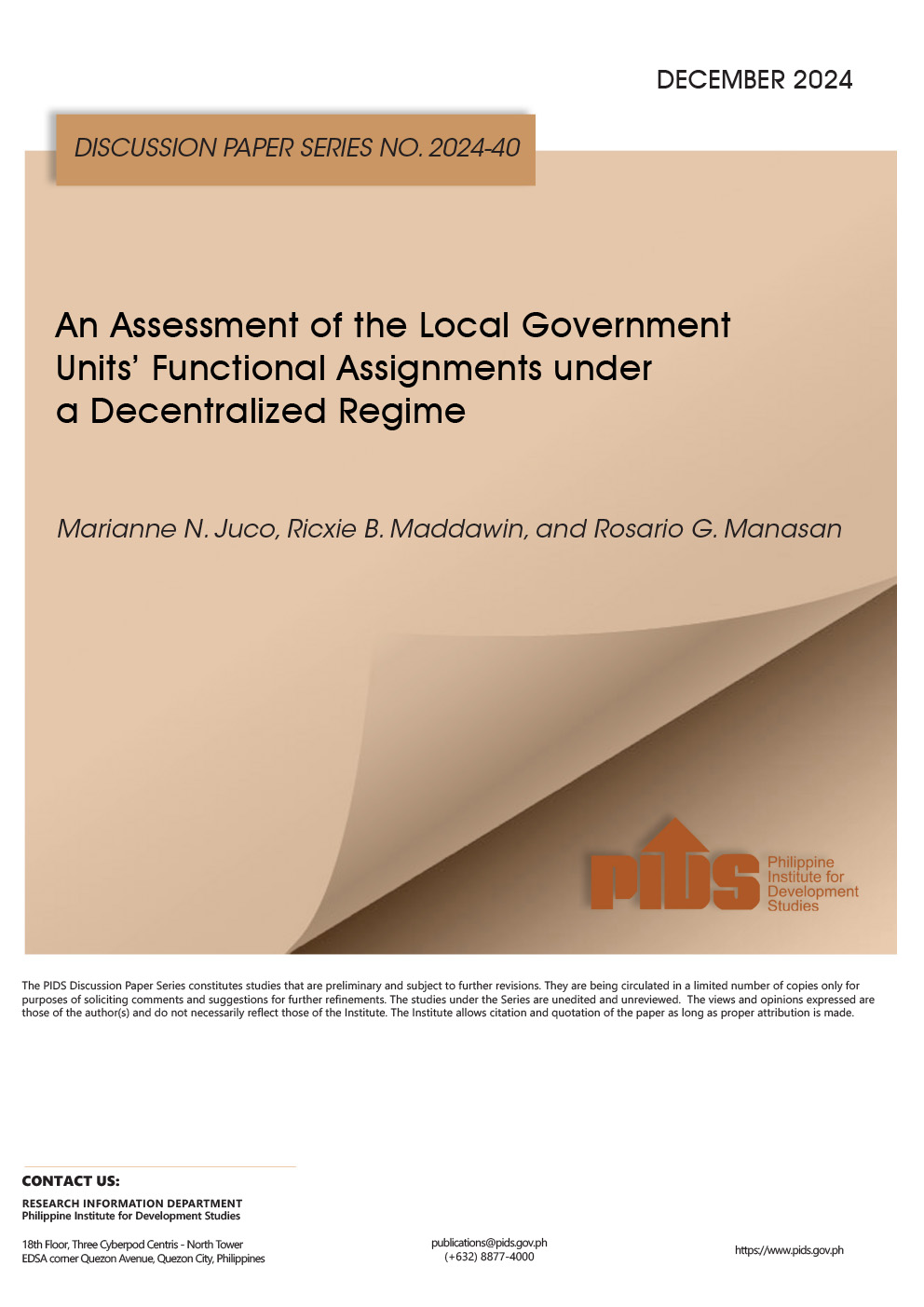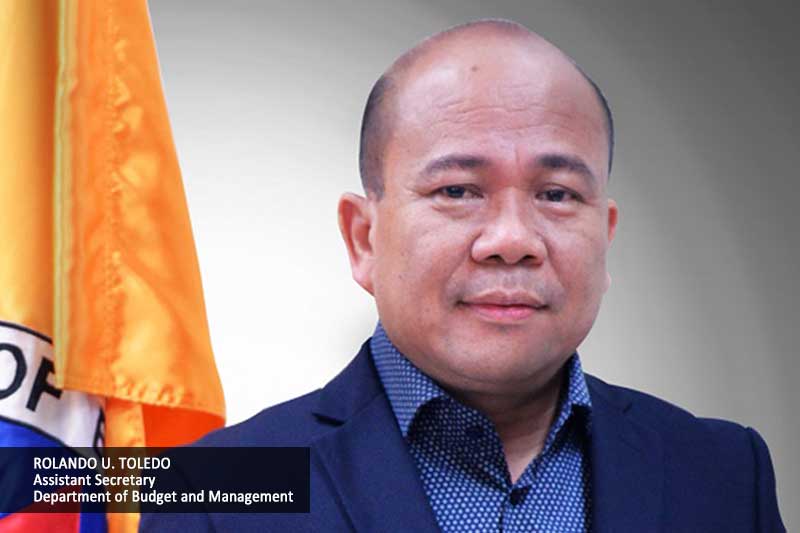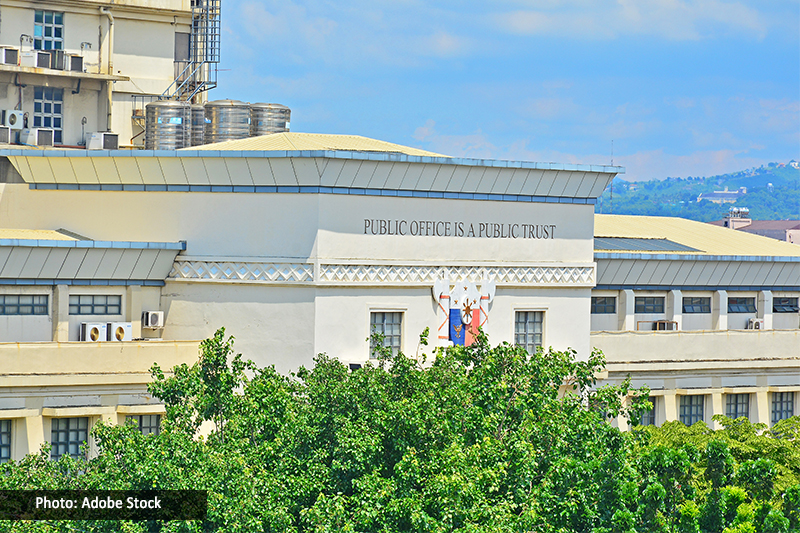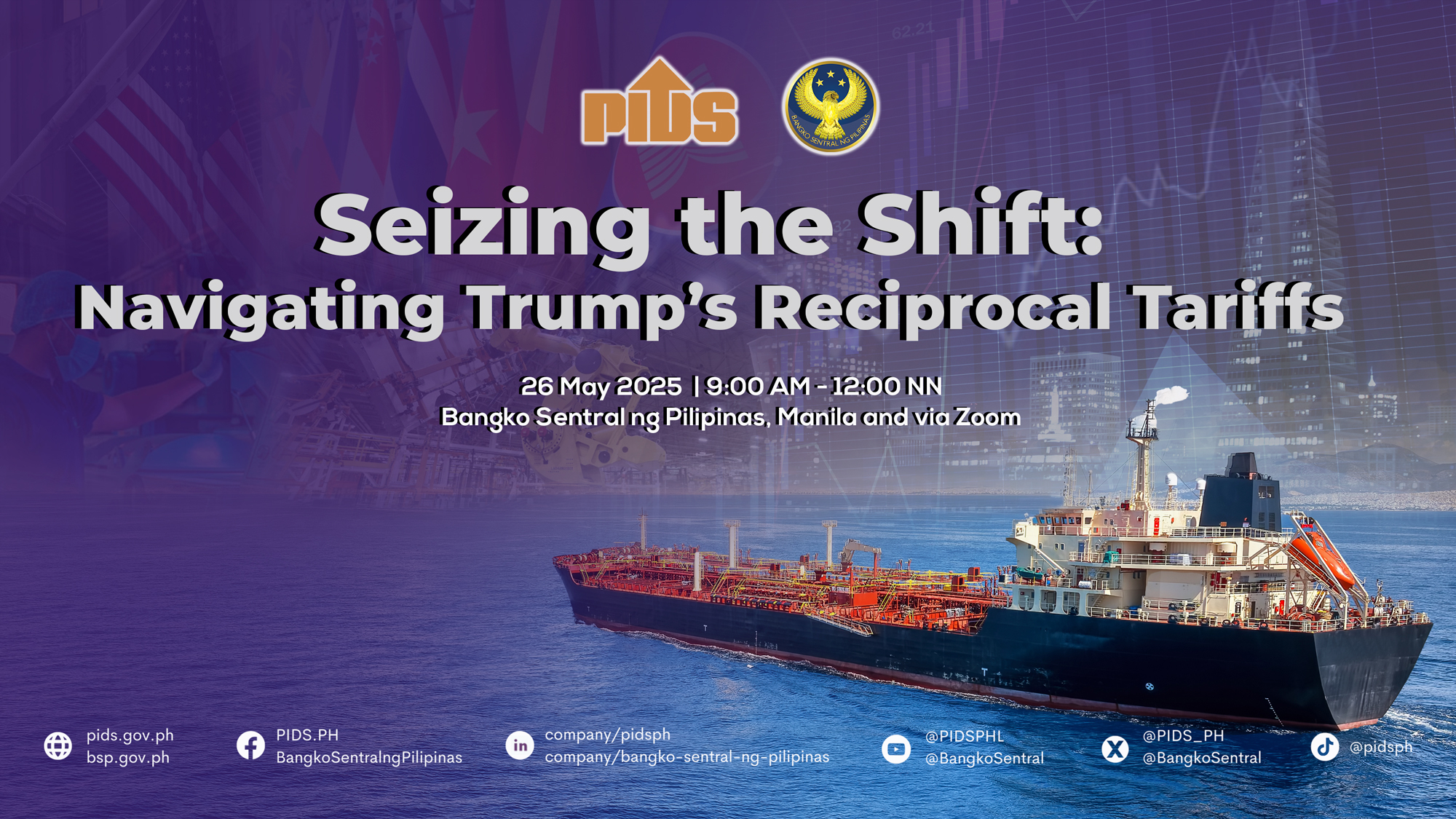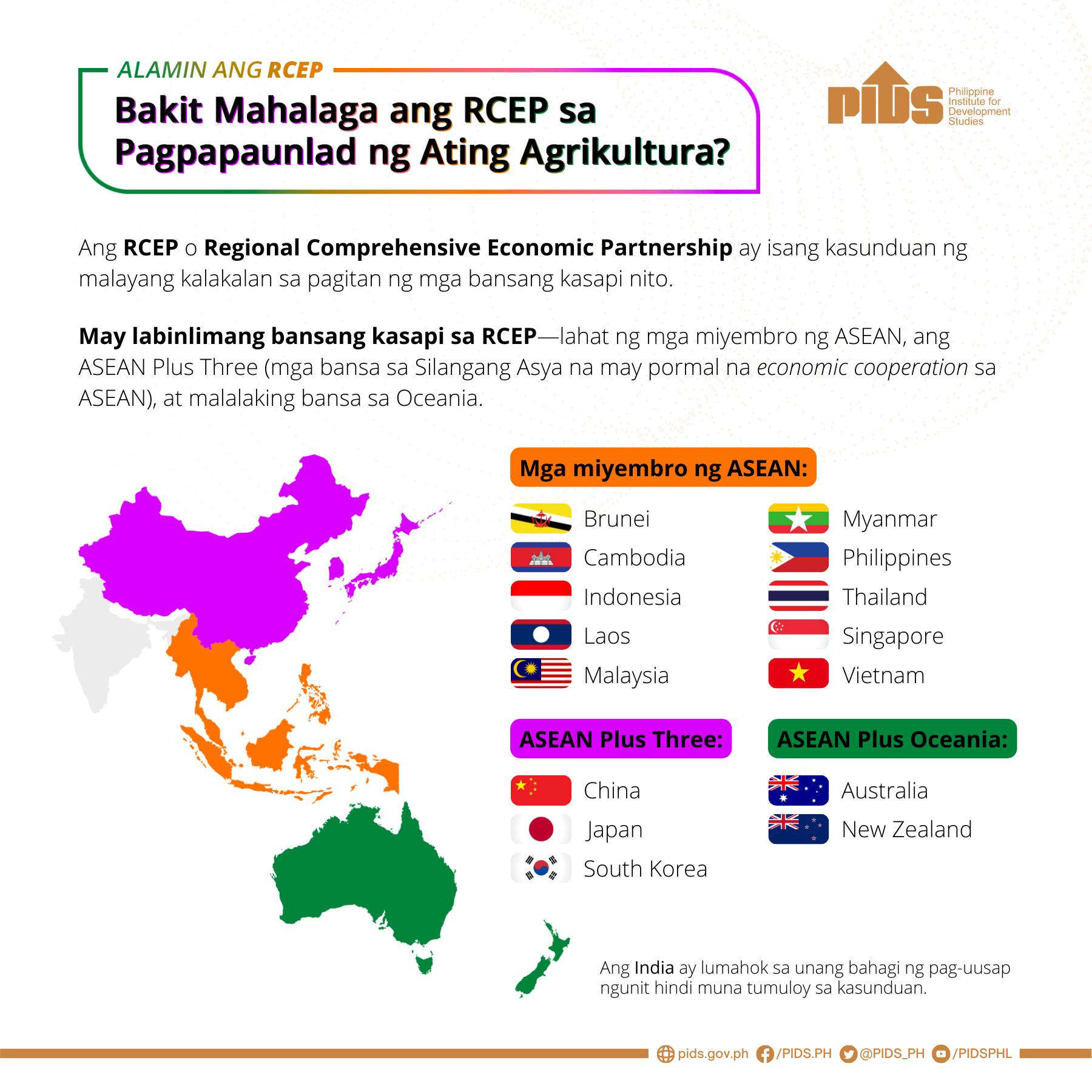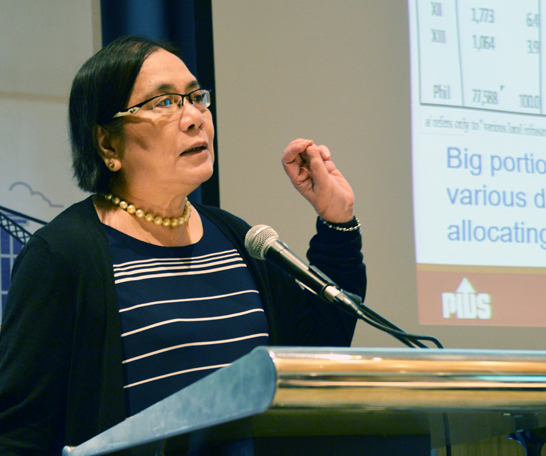
A shift to federalism at this time could worsen regional inequality given the existing highly imbalanced and inequitable political and economic development among regions, provinces, and cities across the country.
In a forum organized by state think tank Philippine Institute for Development Studies (PIDS) titled “Critical Perspectives on Federalism for Regional Development” last September 19, economists and political analysts maintained that for federalism to succeed, persistent challenges in local governance and political economy issues must first be addressed.
The adoption of a federal form of government is touted by its proponents as a practical solution to persistent problems of poverty, inequality, and instability. It was one of President Rodrigo Duterte’s campaign promises. Currently, it has a strong support from members of the “super majority” at the House of Representatives.
PIDS Senior Research Fellow Rosario Manasan cautioned that federalizing the country without a strong fiscal equalization formula could worsen regional inequality. She noted that the risk is high given that the initial condition is bad to start with. Currently, revenues of local government units are concentrated in the National Capital Region (Metro Manila), and Regions III (Central Luzon) and IVA (CALABARZON). This situation, she said, requires equalization transfers to other states or regions under a federal system to offset differences in revenue-raising capacity or public service cost.
Nevertheless, the public finance expert acknowledged the potential benefits of deepening decentralization through federalism. According to her, a more decentralized setup will bring government closer to the people, thereby promoting efficient delivery of public services as lower level governments are more able to respond to local needs and preferences of their constituents. “It also has the potential to enhance accountability of local politicians as the population gets to participate more in the decision-making process,” she added.
Yet she noted that said potential gains may be achieved with greater fiscal decentralization, with or without the shift to federalism. She argued that countries with a federal form of government are not necessarily decentralized to the same degree and some of them may be less than decentralized than those with a unitary form of government. She cited the case of Malaysia, which is a federal state, as more centralized than the Philippines, which has a unitary system.
Meanwhile, Manasan emphasized that should the country decide to shift to a federal form of government, its design should be informed by lessons learned from the country’s decentralization experience. For example, she noted the importance of stating clearly in the revised Constitution the delineation of expenditure and revenue-raising powers between the different layers of government. “Clarity in the assignment of functions to different levels of government is very important in order to avoid duplication and strengthen accountability among politicians,” she clarified.
Manasan also stressed the importance of giving lower level governments more power to collect taxes as this promotes local accountability. She proposed that “each level of government must have enough own revenues to finance the services they provide.” She pointed out that at present, there exist a low level of revenue autonomy, particularly for provinces, in terms of tax assignment.
Likewise, Manasan cautioned that the shift to federalism will come at a cost. She estimated the additional fiscal burden of adding another layer of bureaucracy to be around PHP 30 billion to PHP 59 billion annually, depending on number of states, size of legislative body at state government level, and size of second chamber.
Lastly, she noted that reforming the party system in the country and eliminating political dynasties are preconditions for the success of adopting a federal form of government.
How will the states be configured
Using a very simple framework of “guns, goons and gold”, Ateneo School of Government Dean Ronald Mendoza highlighted the prospects for a more successful federalism rollout.
By evaluating three of the proposed states —Northern Luzon, Central Visayas, and Bangsamoro—Mendoza identified a range of challenges to be faced in implementing further decentralization reforms.
“While some regions acquire some of the elements associated with good governance—a strong middle class and lower internal revenue allotment dependency—other regions scored unfavorably on areas such as dynasties, high inequality, low human and economic development, presence of private armed groups, and history of violence,” Mendoza enumerated.
He then cautioned that combining provinces into one state can create a power vacuum whereby leaders of each province would vie for leadership. According to Mendoza, this is not negative per se but may not be ideal especially for regions with provinces where political dynasties and armed conflicts are prevalent.
“In some regions in the country, the persistence of violence and conflict has become intimately linked to illicit trade and shadow economy. Deep political and economic interests conspire to preserve these structures, and plans to dismantle them should be complemented with more effective and inclusive economic development policies that empower citizens,” he emphasized.
Meanwhile, Urban Regional Planner Arturo Corpuz presented a framework for delineating state boundaries under a federal republic.
According to Corpuz, setting the boundaries of local government units (LGU) should be based on the perspective of regional development and cross-border relationships. “No matter where the boundaries are, whether under a unitary or a federal republic, there will always be a need for efficient interstate or inter-LGU coordination,” he emphasized.
Corpuz enumerated some parameters of regional development that should be taken into account in forming regional states. First, he emphasized that each territory must have a metro center capable of supporting a purpose-built commercial business district (CBD) with a minimum population of 700,000. CBDs, according to Corpuz, drive efficiency and competitiveness while serving as primary gateways to other regions. “The larger and more complex they are, the stronger and more diverse the region is in terms of scale and level of services, economic base, and employment opportunities,” he explained.
He likewise noted that clustered CBDs should be kept within the same state to enhance scale and agglomeration of economies. To achieve this, the Philippine federal government setup should have fewer states.
“If we assume that Muslim autonomy, the dominance of Metro Manila, and the vintage geopolitical factors are equity issues that need to be considered, then five or six federal states have to be in place,” he suggested.
The Annual Public Policy Conference (APPC) serves as the main and culminating activity of the Development Policy Research Month held every September pursuant to Malacañang Proclamation 247. Started in 2015, the APPC aims to convene experts and researchers to flag policymakers critical issues that must be addressed in the immediate term. ###
NOTE: Papers/Powerpoints presented during the Third APPC may be downloaded from the Events page.
In a forum organized by state think tank Philippine Institute for Development Studies (PIDS) titled “Critical Perspectives on Federalism for Regional Development” last September 19, economists and political analysts maintained that for federalism to succeed, persistent challenges in local governance and political economy issues must first be addressed.
The adoption of a federal form of government is touted by its proponents as a practical solution to persistent problems of poverty, inequality, and instability. It was one of President Rodrigo Duterte’s campaign promises. Currently, it has a strong support from members of the “super majority” at the House of Representatives.
PIDS Senior Research Fellow Rosario Manasan cautioned that federalizing the country without a strong fiscal equalization formula could worsen regional inequality. She noted that the risk is high given that the initial condition is bad to start with. Currently, revenues of local government units are concentrated in the National Capital Region (Metro Manila), and Regions III (Central Luzon) and IVA (CALABARZON). This situation, she said, requires equalization transfers to other states or regions under a federal system to offset differences in revenue-raising capacity or public service cost.
Nevertheless, the public finance expert acknowledged the potential benefits of deepening decentralization through federalism. According to her, a more decentralized setup will bring government closer to the people, thereby promoting efficient delivery of public services as lower level governments are more able to respond to local needs and preferences of their constituents. “It also has the potential to enhance accountability of local politicians as the population gets to participate more in the decision-making process,” she added.
Yet she noted that said potential gains may be achieved with greater fiscal decentralization, with or without the shift to federalism. She argued that countries with a federal form of government are not necessarily decentralized to the same degree and some of them may be less than decentralized than those with a unitary form of government. She cited the case of Malaysia, which is a federal state, as more centralized than the Philippines, which has a unitary system.
Meanwhile, Manasan emphasized that should the country decide to shift to a federal form of government, its design should be informed by lessons learned from the country’s decentralization experience. For example, she noted the importance of stating clearly in the revised Constitution the delineation of expenditure and revenue-raising powers between the different layers of government. “Clarity in the assignment of functions to different levels of government is very important in order to avoid duplication and strengthen accountability among politicians,” she clarified.
Manasan also stressed the importance of giving lower level governments more power to collect taxes as this promotes local accountability. She proposed that “each level of government must have enough own revenues to finance the services they provide.” She pointed out that at present, there exist a low level of revenue autonomy, particularly for provinces, in terms of tax assignment.
Likewise, Manasan cautioned that the shift to federalism will come at a cost. She estimated the additional fiscal burden of adding another layer of bureaucracy to be around PHP 30 billion to PHP 59 billion annually, depending on number of states, size of legislative body at state government level, and size of second chamber.
Lastly, she noted that reforming the party system in the country and eliminating political dynasties are preconditions for the success of adopting a federal form of government.
How will the states be configured
Using a very simple framework of “guns, goons and gold”, Ateneo School of Government Dean Ronald Mendoza highlighted the prospects for a more successful federalism rollout.
By evaluating three of the proposed states —Northern Luzon, Central Visayas, and Bangsamoro—Mendoza identified a range of challenges to be faced in implementing further decentralization reforms.
“While some regions acquire some of the elements associated with good governance—a strong middle class and lower internal revenue allotment dependency—other regions scored unfavorably on areas such as dynasties, high inequality, low human and economic development, presence of private armed groups, and history of violence,” Mendoza enumerated.
He then cautioned that combining provinces into one state can create a power vacuum whereby leaders of each province would vie for leadership. According to Mendoza, this is not negative per se but may not be ideal especially for regions with provinces where political dynasties and armed conflicts are prevalent.
“In some regions in the country, the persistence of violence and conflict has become intimately linked to illicit trade and shadow economy. Deep political and economic interests conspire to preserve these structures, and plans to dismantle them should be complemented with more effective and inclusive economic development policies that empower citizens,” he emphasized.
Meanwhile, Urban Regional Planner Arturo Corpuz presented a framework for delineating state boundaries under a federal republic.
According to Corpuz, setting the boundaries of local government units (LGU) should be based on the perspective of regional development and cross-border relationships. “No matter where the boundaries are, whether under a unitary or a federal republic, there will always be a need for efficient interstate or inter-LGU coordination,” he emphasized.
Corpuz enumerated some parameters of regional development that should be taken into account in forming regional states. First, he emphasized that each territory must have a metro center capable of supporting a purpose-built commercial business district (CBD) with a minimum population of 700,000. CBDs, according to Corpuz, drive efficiency and competitiveness while serving as primary gateways to other regions. “The larger and more complex they are, the stronger and more diverse the region is in terms of scale and level of services, economic base, and employment opportunities,” he explained.
He likewise noted that clustered CBDs should be kept within the same state to enhance scale and agglomeration of economies. To achieve this, the Philippine federal government setup should have fewer states.
“If we assume that Muslim autonomy, the dominance of Metro Manila, and the vintage geopolitical factors are equity issues that need to be considered, then five or six federal states have to be in place,” he suggested.
The Annual Public Policy Conference (APPC) serves as the main and culminating activity of the Development Policy Research Month held every September pursuant to Malacañang Proclamation 247. Started in 2015, the APPC aims to convene experts and researchers to flag policymakers critical issues that must be addressed in the immediate term. ###
NOTE: Papers/Powerpoints presented during the Third APPC may be downloaded from the Events page.

